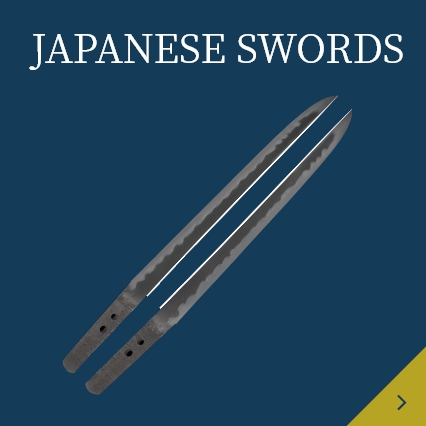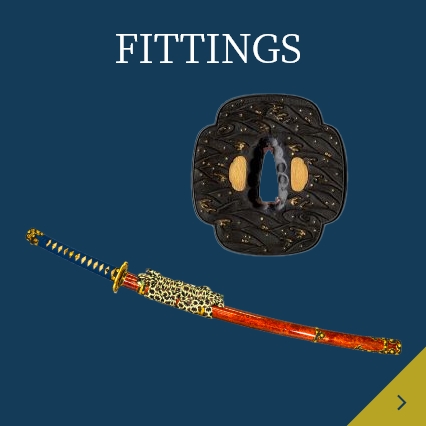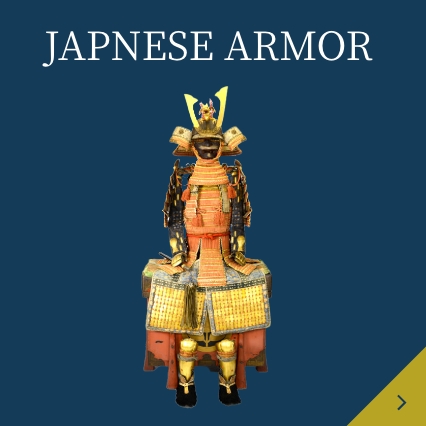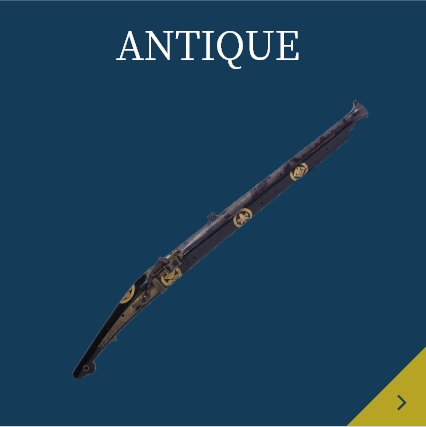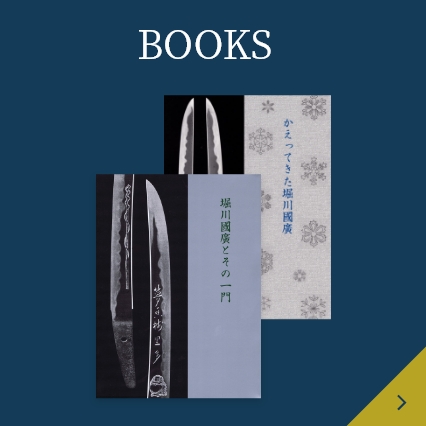Katana(Mito-Sukemitsu)
刀 水戸住横山祐光造
| Item NO. | No,K00248 | Price | 1,500,000JPY (Shipping fee extra) Reserved item |
|---|---|---|---|
| Paper | NBTHK Tokubetsu hozon Paper (公財)日本美術刀剣保存協会 特別保存刀装具鑑定書 | ||
| Country | Hitachi-Mito | ||
| Period | Edo period(江戸時代),17th~18th century. | ||
| Blade Length | 69.1cm | ||
| Curve(Sori) | 2.0cm | ||
| Top Width (Sakihaba) | 2.7cm | ||
| Bottom Width (Motohaba) | 3.2cm | ||
| Bottom Thickness (Motokasane) | 0.6cm | ||
| Top Thickness (Sakikasane) | 0.4cm | ||
| Keijo | Shinogi-zukuri, Iori-mune, Mihaba hiroku, Shinogihaba hirome, Sori-tsuki, O-kissaki nobiru. | ||
| Kitae | Ko-itame tsumi, ji-nie komaka ni yoku tsuku. | ||
| Hamon | Gunome ni ko-chōji nado majie midare-ba to nari, sunagashi kakari, ko-nie tsuku. | ||
| Boushi | Midare-komi komaru ni kaeru. | ||
| Nakago | Ubu, saki kurijiri, yasurime katte-sagari, mekugi-ana ichi. | ||
| Accessories | Shirasaya, gin-kise hitoe habaki, kuro-urushi nuri saya katana koshirae | ||
| Details | okoyama Sukemitsu, whose common name was Kijūrō, was born in Aoyama, Edo. Aspiring to become a swordsmith, he joined the Yokoyama school of Osafune in Bizen Province, where he studied the art of sword-making and took the name Sukemitsu. During his travels from Mutsu Province to Hitachi Province, he met the swordsmith Katsumura Tokukatsu in the castle town of Mito and assisted in his forging work. Impressed by his exceptional skill, Tokugawa Nariaki, the lord of the Mito Domain, appointed him as an official domain swordsmith. This particular sword is a masterpiece by Sukemitsu, featuring a large kissaki (point) and a midareba (irregular temper line) made up of gunome (wavy patterns) mixed with small chōji (clove-shaped patterns). It is a faithful reproduction of the style of the famous Nagayoshi from the Nanbokuchō period, and represents the pinnacle of Sukemitsu’s craftsmanship. |
||



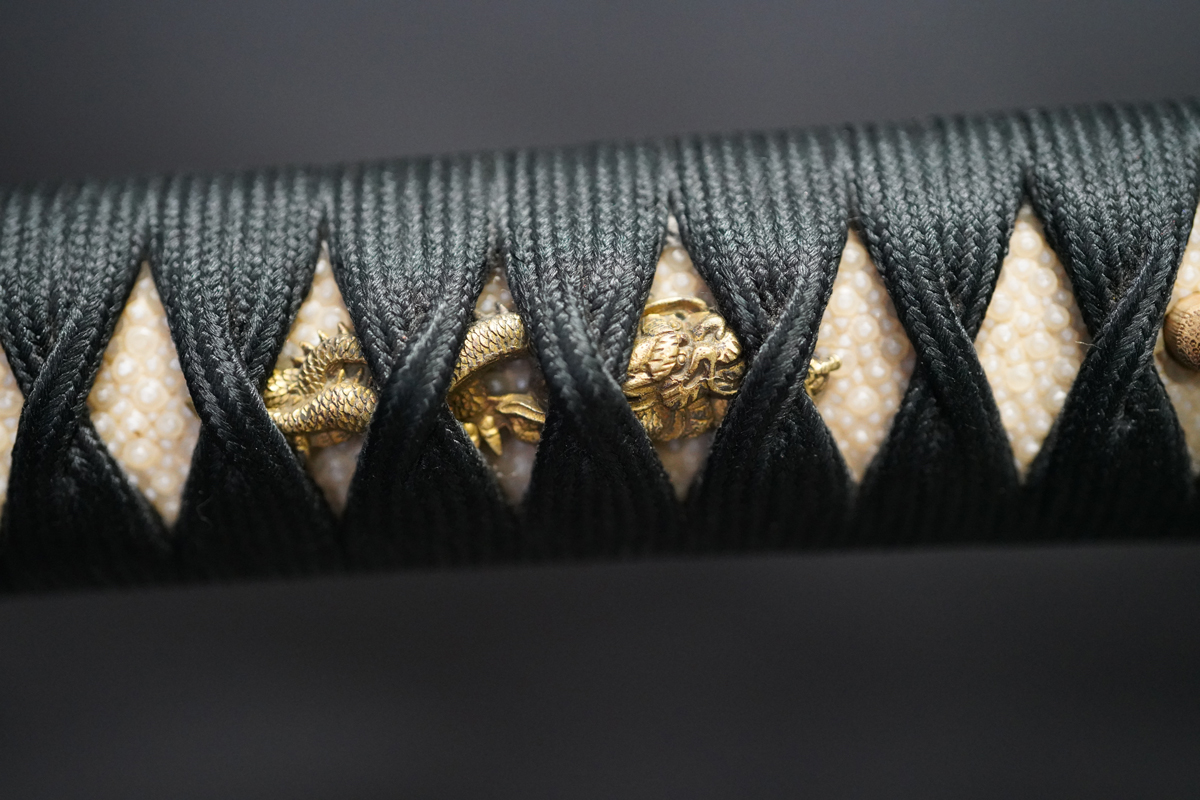
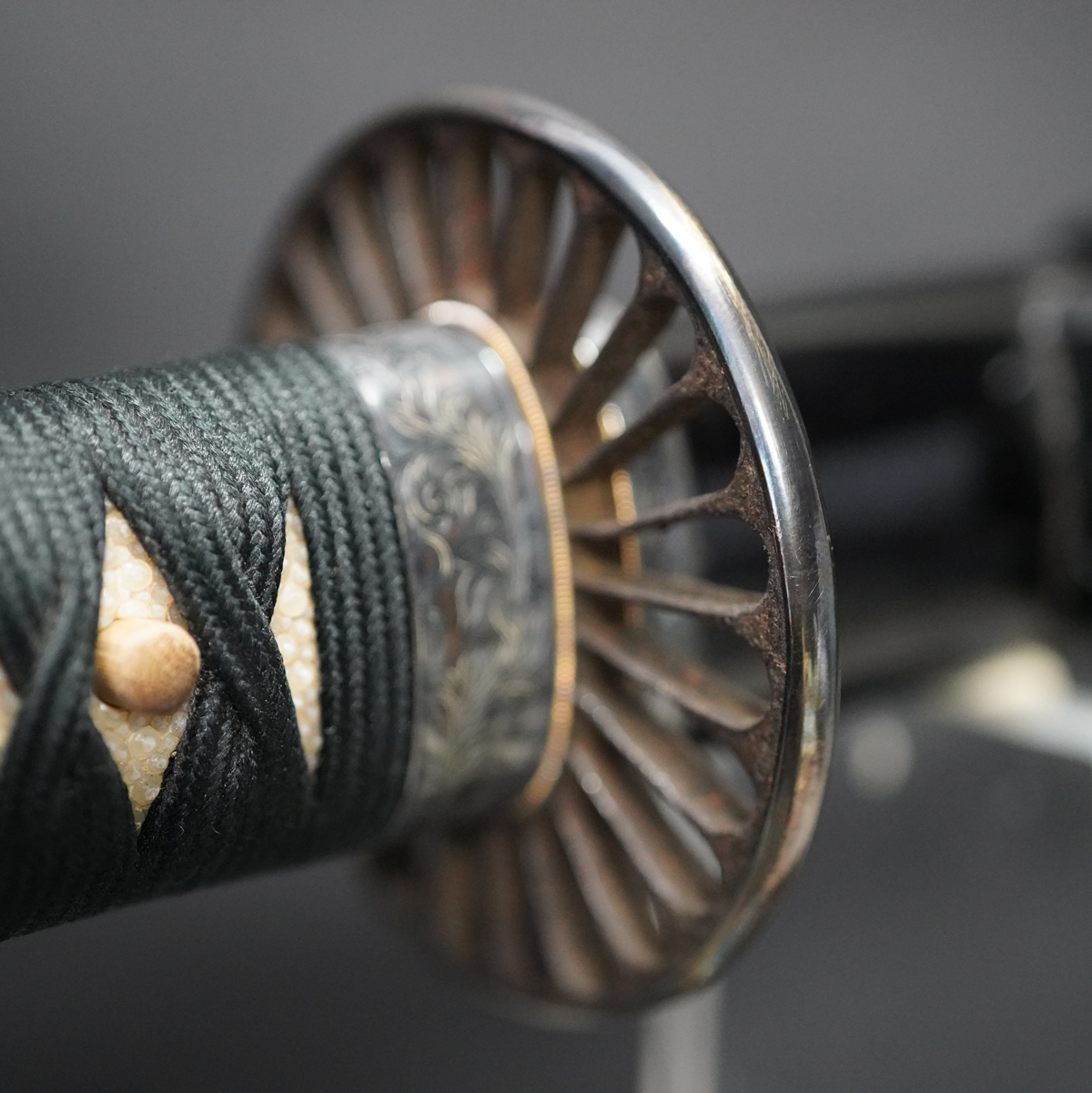
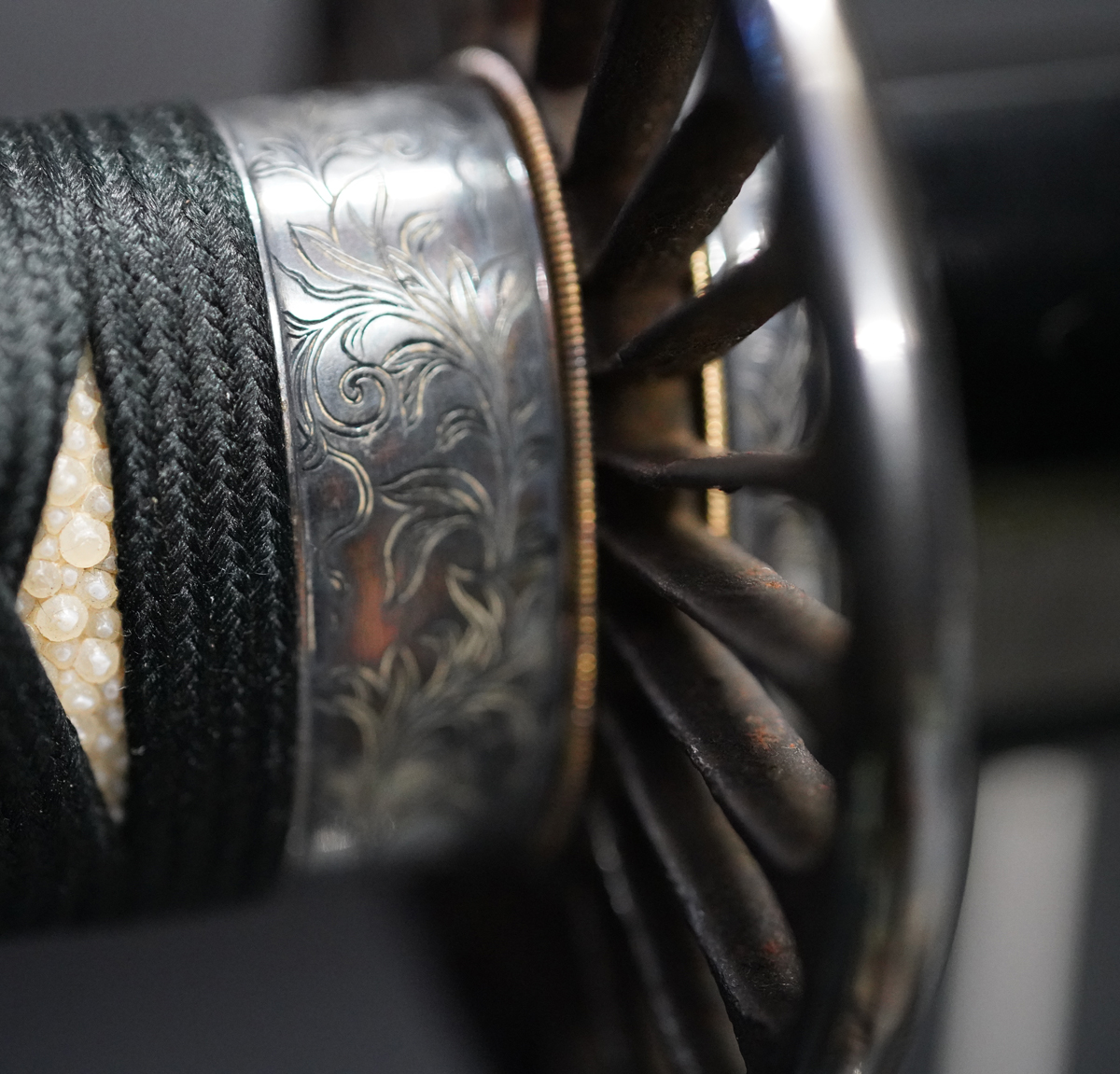
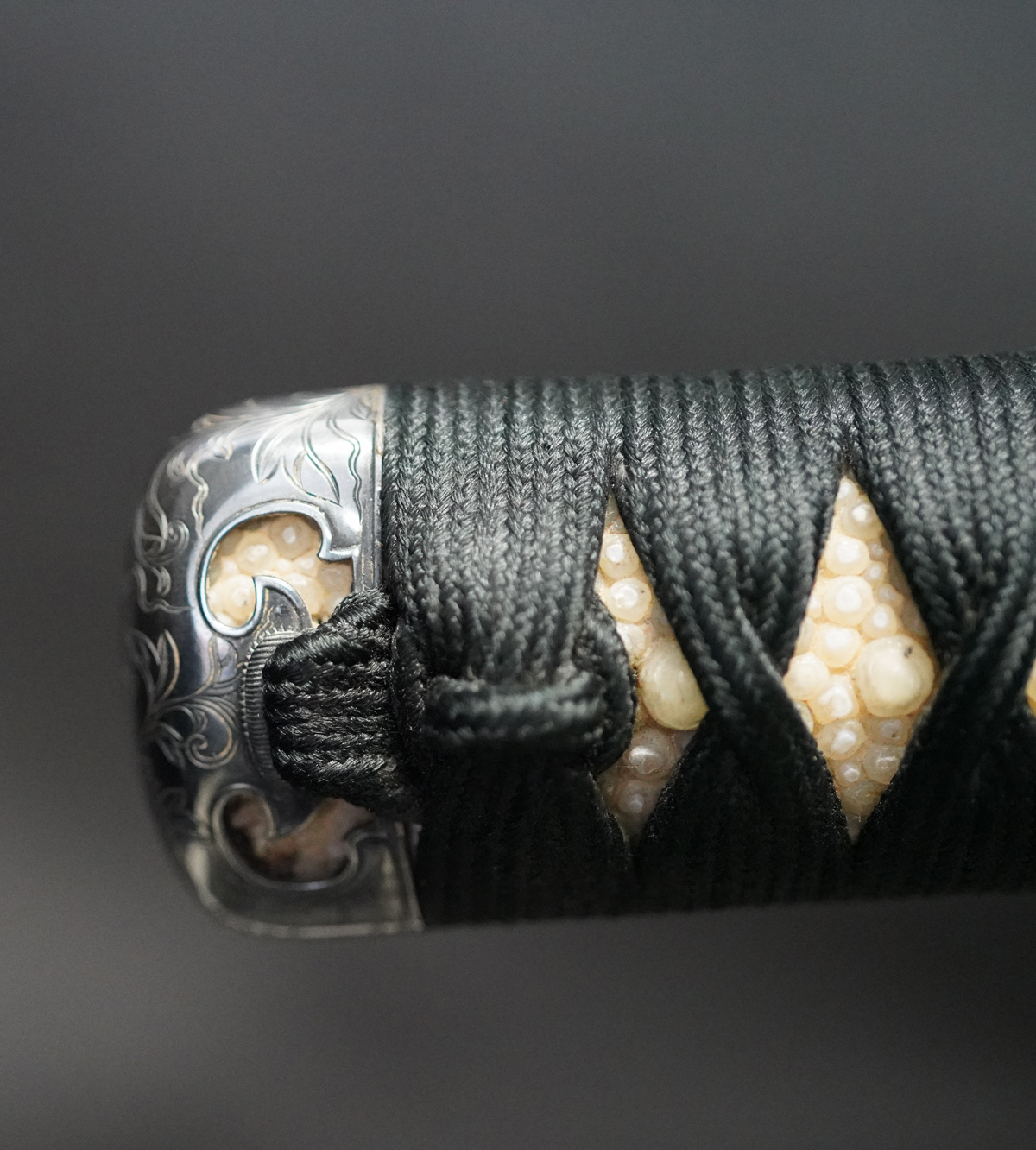
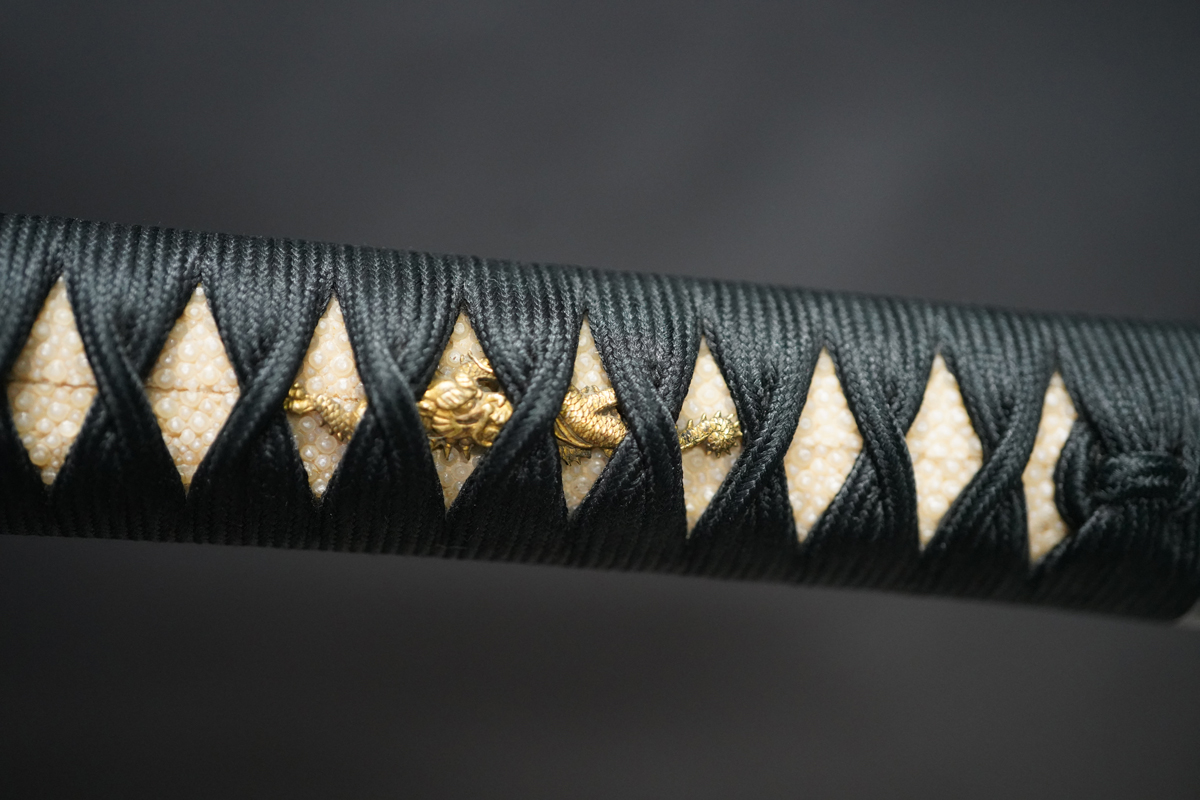
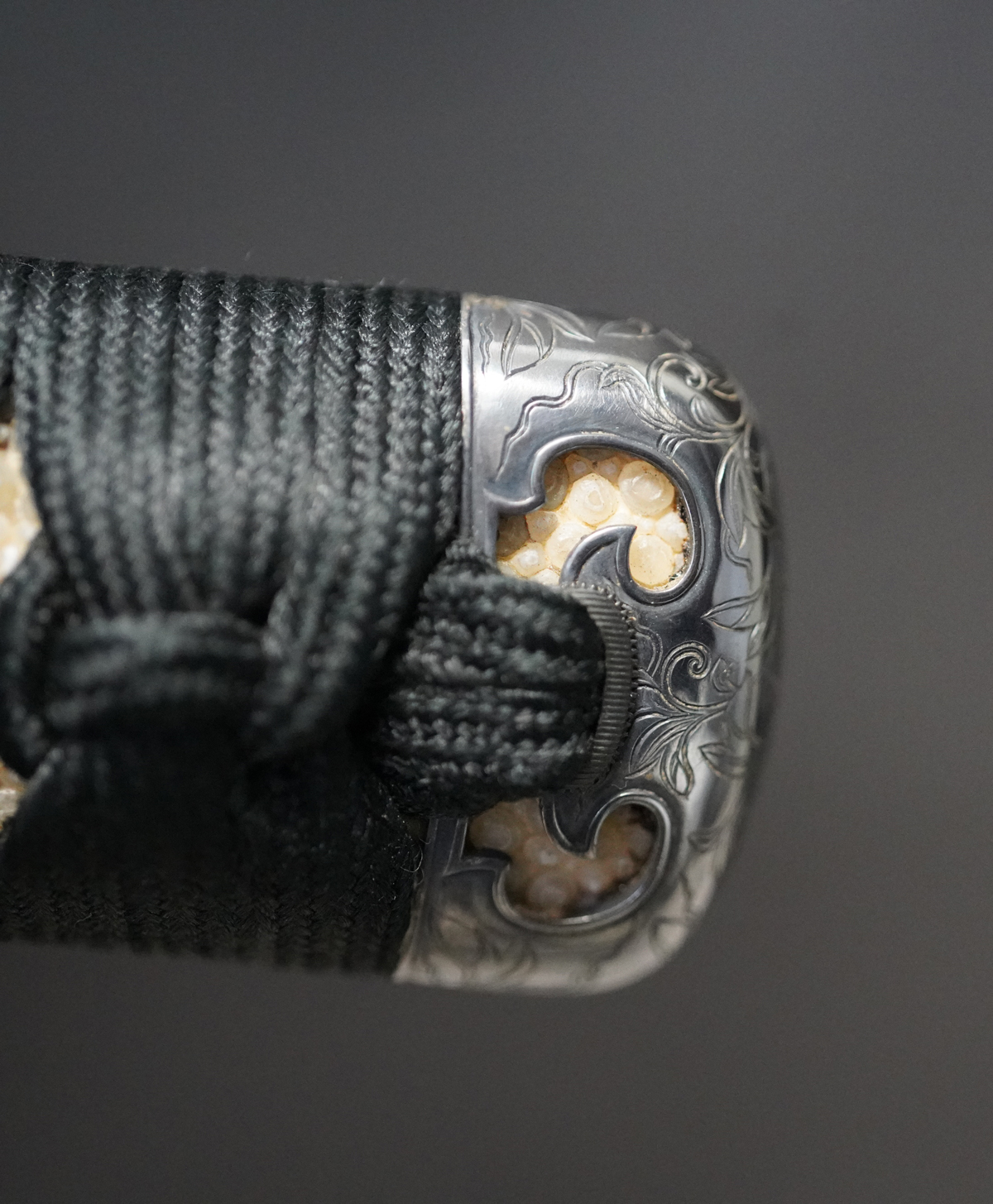

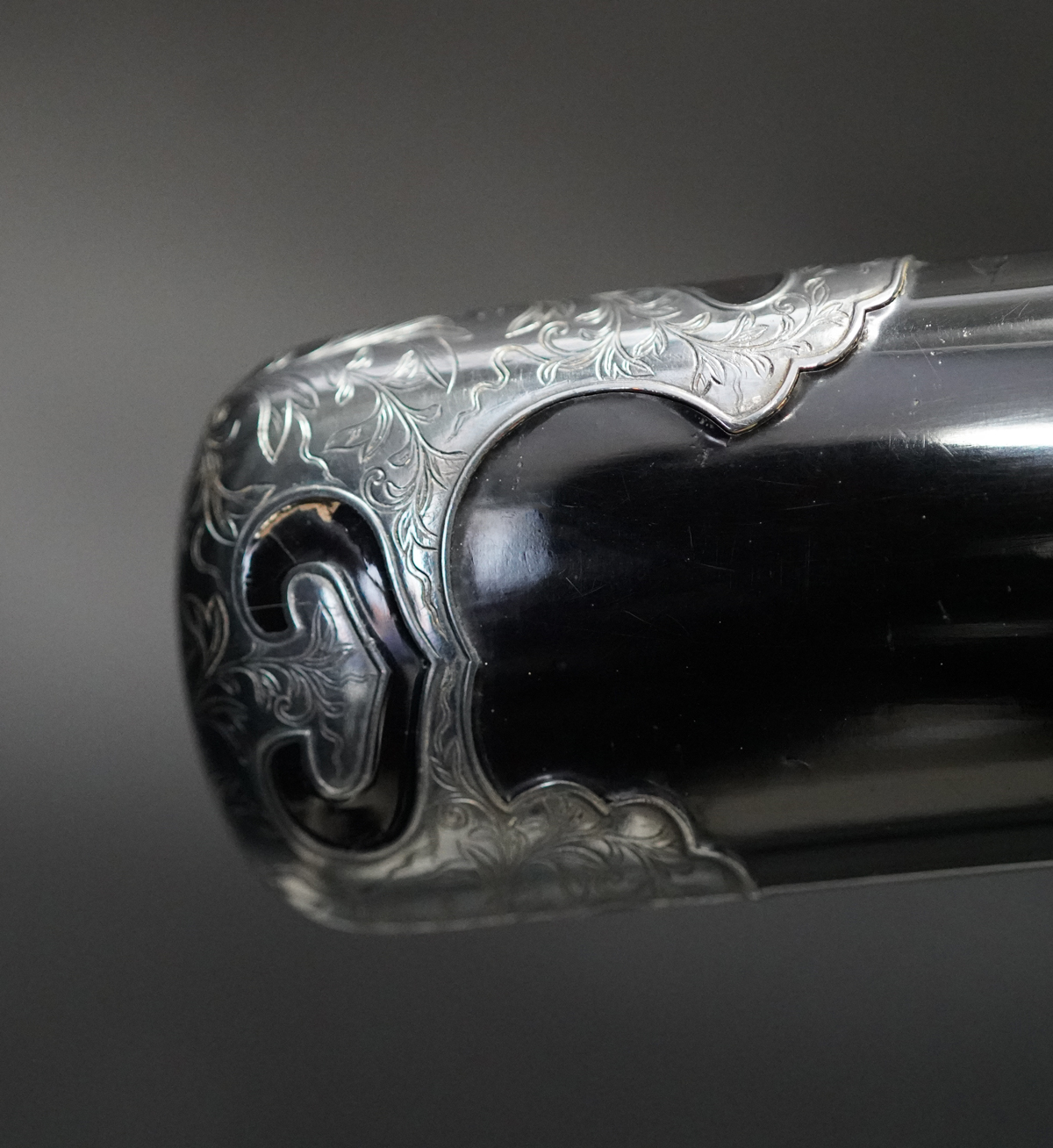
CONTACT
SEARCH
-
PERIOD LISTS
Koto|Shinto|Shinshinto|GendaitoPRICE LISTS
~¥500,000 JPY|¥510,000 JPY~¥1,000,000 JPY|¥1,010,000 JPY~¥2,000,000 JPY|¥2,010,000 JPY~¥3,000,000 JPY| ¥3,010,000 JPY~¥4,000,000 JPY|¥4,010,000 JPY~¥5,000,000 JPY|¥5,010,000 JPY~¥10,000,000 JPY|¥10,010,000 JPY~ |Please contact us -
PAPER LISTS
Important art appraisal|Others|No appraisalJpanese Swords
NBTHK Tokubetsu Jyuyo|NBTHK Jyuyo|NBTHK Tokubetsu Hozon|NBTHK HozonFittings
NBTHK Tokubetsu Jyuyo|NBTHK Jyuyo|NBTHK Tokubetsu Hozon|NBTHK Hozon


